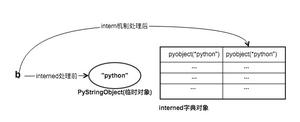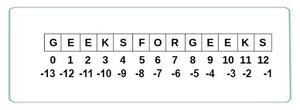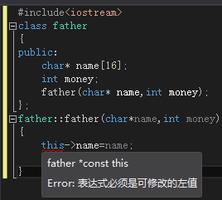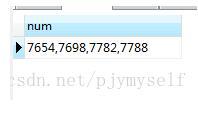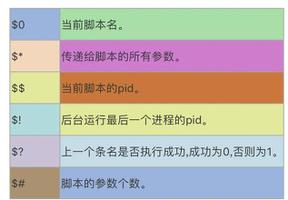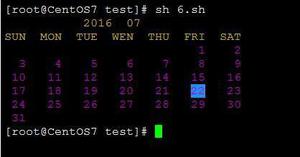python字符串替换re.sub()实例解析
这篇文章主要介绍了python字符串替换" title="python字符串替换">python字符串替换re.sub()实例解析,文中通过示例代码介绍的非常详细,对大家的学习或者工作具有一定的参考学习价值,需要的朋友可以参考下
re.sub(pattern, repl, string, count=0, flags=0)
pattern可以是一个字符串也可以是一个正则,用于匹配要替换的字符,如果不写,字符串不做修改。\1 代表第一个分组
repl是将会被替换的值,repl可以是字符串也可以是一个方法。如果是一个字符串,反斜杠会被处理为逃逸字符,如\n会被替换为换行,等等。repl如果是一个function,每一个被匹配到的字段串执行替换函数。
\g<1> 代表前面pattern里面第一个分组,可以简写为\1,\g<0>代表前面pattern匹配到的所有字符串。
count是pattern被替换的最大次数,默认是0会替换所有。有时候可能只想替换一部分,可以用到count
实例1:
a = re.sub(r'hello', 'i love the', 'hello world')
print(a)<br data-filtered="filtered">'i love the world' #hello world里面的hello被 i love the替换
实例2:
>>> a = re.sub(r'(\d+)', 'hello', 'my numer is 400 and door num is 200')
>>> a
'my numer is hello and door num is hello' #数字400 和 200 被hello替换
实例3:
a = re.sub(r'hello (\w+), nihao \1', r'emma','hello sherry, nihao sherry')
>>> a
'emma' #\1代表第一个分组的值即sherry,因为有两个sherry,所以用\1可以指代第二个,这样整个字符串被emma替换
示例4:
>>> a = re.sub('(\d{4})-(\d{2})-(\d{2})', r'\2-\3-\1', '2018-06-07')
>>> a
'06-07-2018'
>>> a = re.sub('(\d{4})-(\d{2})-(\d{2})', r'\g<2>-\g<3>-\g<1>', '2018-06-07')
>>> a
'06-07-2018' #\2 和 \g<2> 指代的的都是前面的第二个分组
示例5:
import re
def replace_num(str):
numDict = {'0':'〇','1':'一','2':'二','3':'三','4':'四','5':'五','6':'六','7':'七','8':'八','9':'九'}
print(str.group())
return numDict[str.group()]
my_str = '2018年6月7号'
a = re.sub(r'(\d)', replace_num, my_str)
print(a) #每次匹配一个数字,执行函数,获取替换后的值
re.subn(pattern, repl, string, count=0, flags=0)
和sub()函数一样,只是返回的是一个tuple,替换后的字符串和替换的个数
以上是 python字符串替换re.sub()实例解析 的全部内容, 来源链接: utcz.com/z/357887.html

